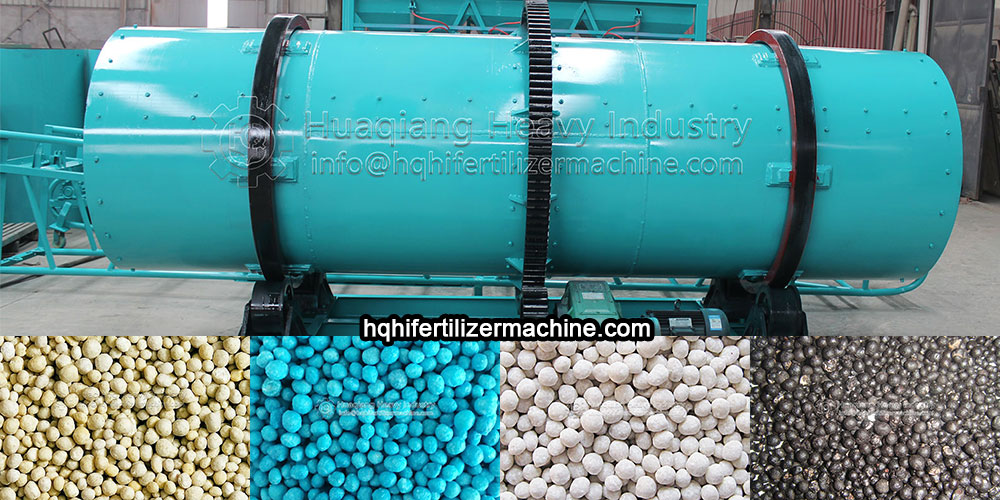
Granular fertilizers produced by rotary drum granulators offer various characteristics that make them suitable for different crops. These fertilizers work well with a wide range of plant types due to their adaptable nature.
1. Cereal Crops
For cereal crops like wheat and rice, rotary drum granulator-produced fertilizers are highly effective. The slow-release nutrients in granular fertilizers meet wheat’s changing needs for nitrogen, phosphorus, and potassium at different growth stages. For rice, these fertilizers provide continuous nutrition after transplanting, ensuring plump rice grains and higher yields.
2. Vegetable Crops
Both leafy vegetables (spinach, lettuce) and fruit-bearing vegetables (tomatoes, cucumbers) benefit from these fertilizers. Leafy greens grow quickly, and the steady nutrient supply from granular fertilizers helps produce thick, vibrant leaves. Tomatoes, cucumbers, etc. require a lot of nutrients during the fruiting period. The fertilizer produced by the rotary drum granulator can meet their needs for a long time and improve the quality and yield of the fruit.

3. Fruit Trees
Fruit trees like apple and pear trees also thrive with granular fertilizers. During key growth phases – spring budding, summer fruit expansion, and autumn nutrient storage – these fertilizers deliver targeted nutrition. This strengthens tree growth, enhances fruit sweetness, and improves color.
4. Cash Crops
Cotton, a major cash crop, responds well to these fertilizers. Cotton plants require consistent nutrition to develop healthy bolls. Granular fertilizers ensure steady feeding throughout growth stages, boosting fiber quality and overall yield.
Granular fertilizer produced by the rotary drum granulator is suitable for the growth needs of various crops due to its unique physical and chemical properties. By adjusting formulas and production methods, manufacturers can customize fertilizers for specific crops or growth phases. This adaptability increases crop productivity and quality while minimizing environmental impact through reduced nutrient waste.